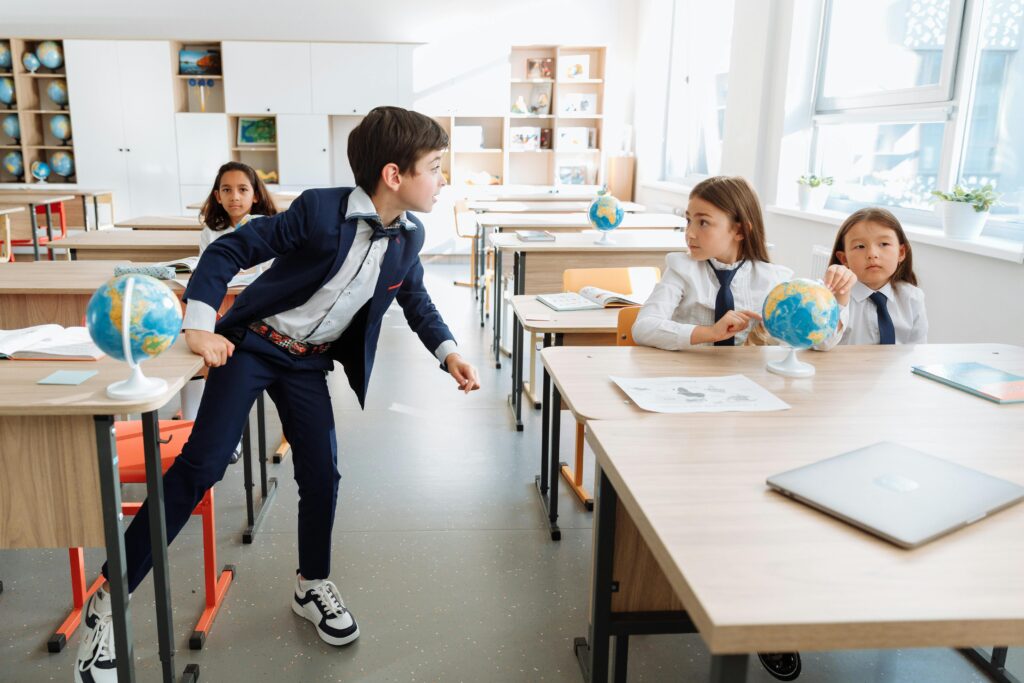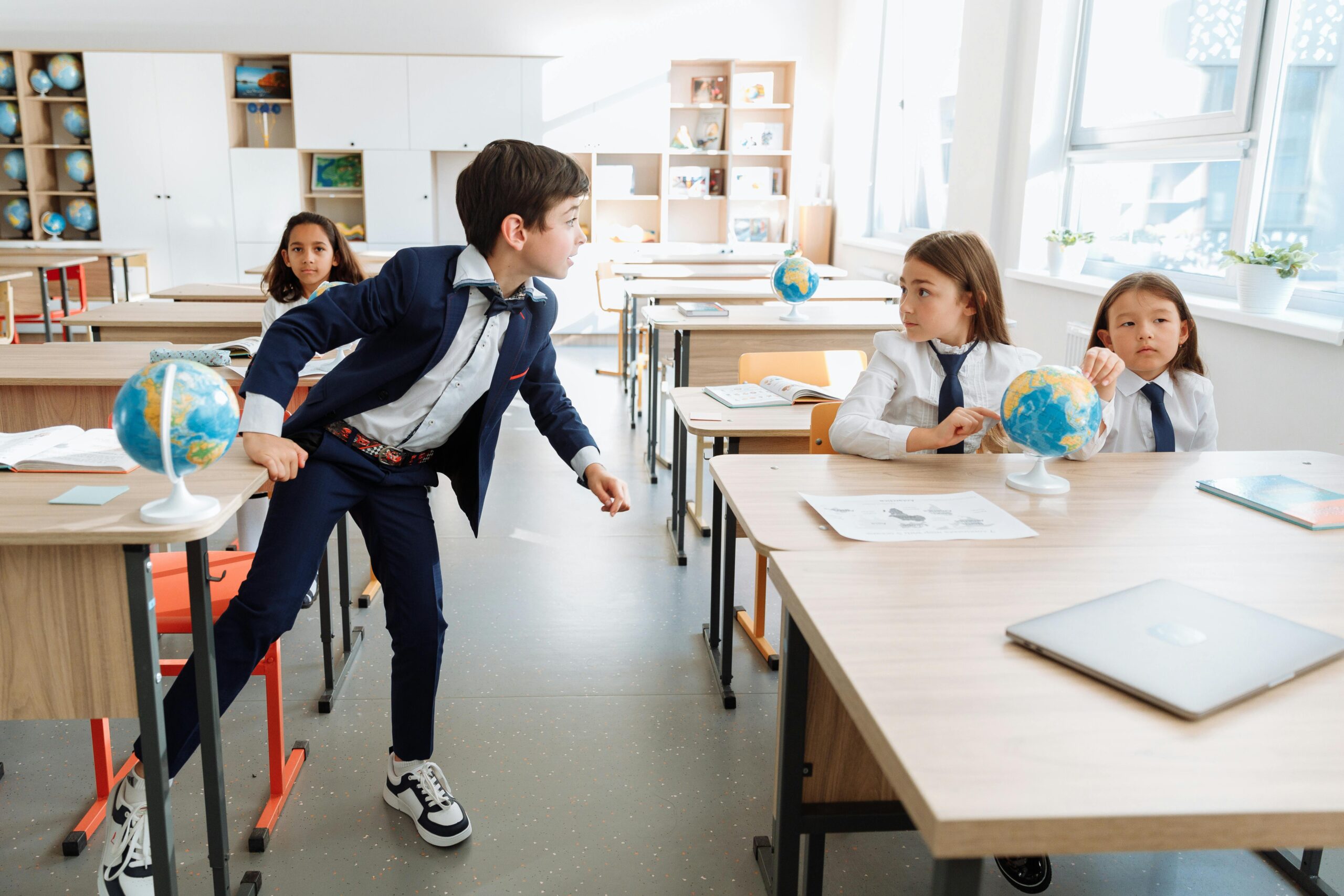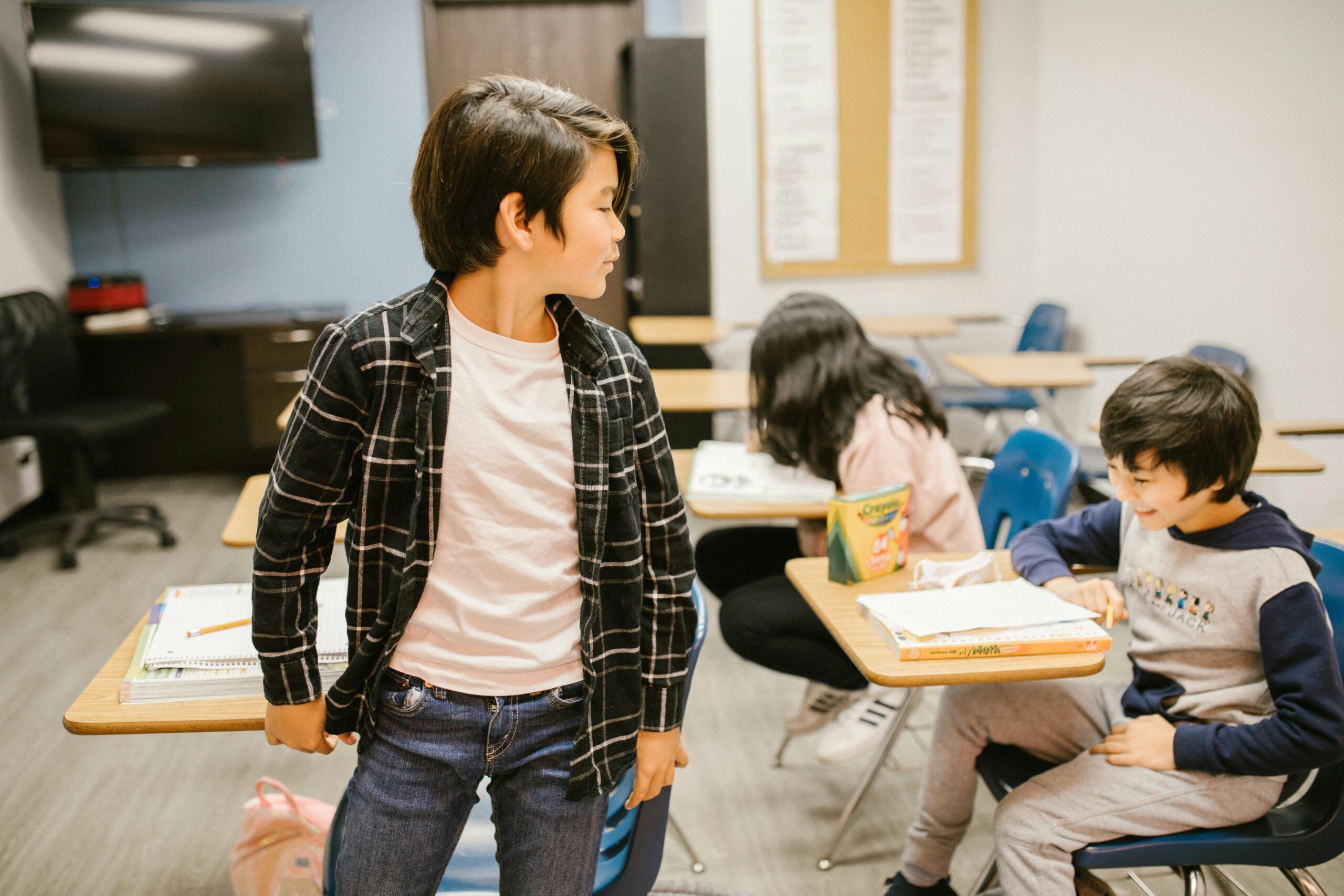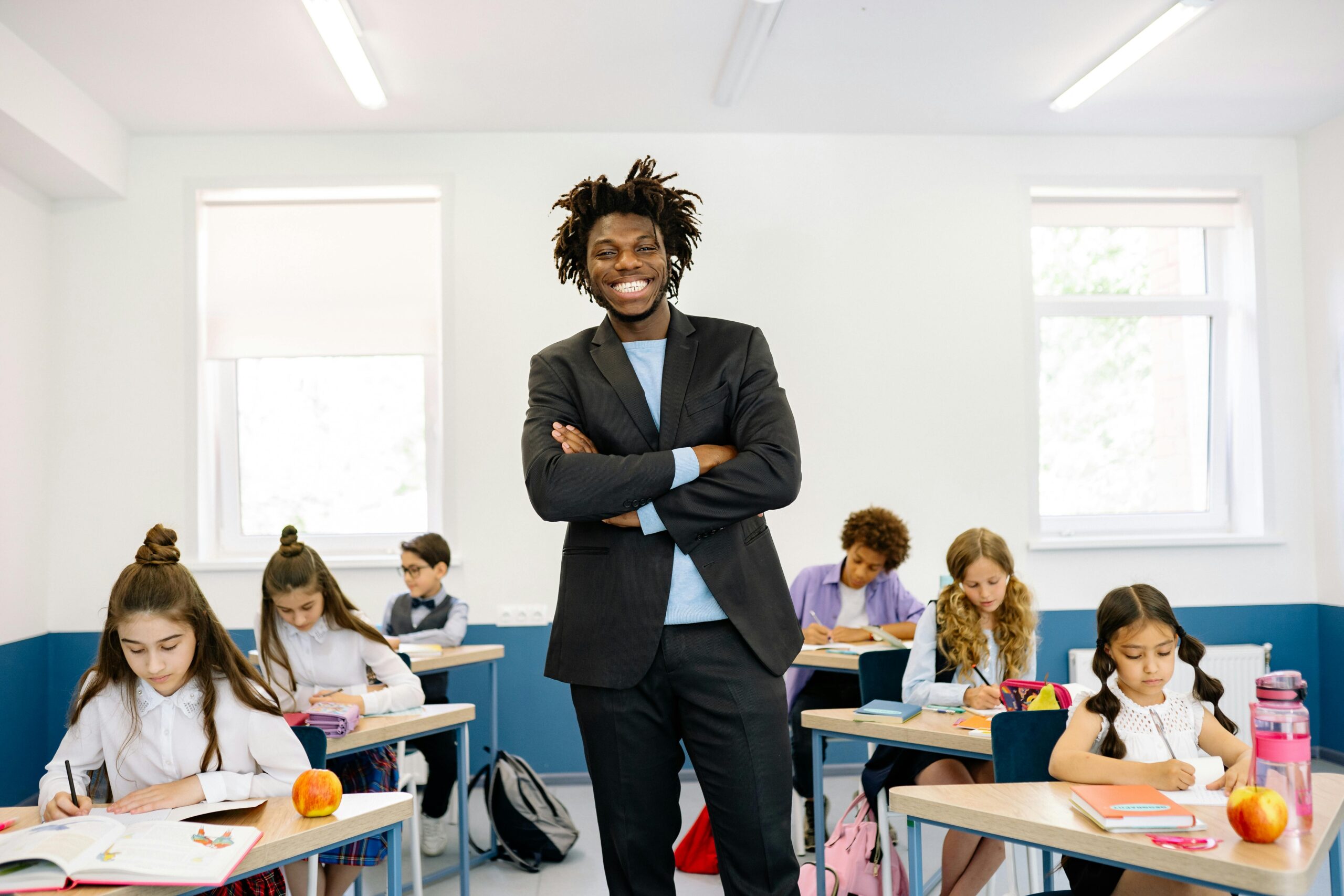Introduction: What Is a Classroom Today?
The classroom has long been the core of education—a space where students gather to learn, grow, and engage with new ideas. However, the traditional classroom is evolving. From smart boards to virtual learning environments, the modern classroom is a dynamic and flexible space designed to meet the needs of today’s learners.
Why the Classroom Still Matters
Despite advances in online learning, the physical classroom remains vital for several reasons:
- Face-to-face interaction fosters communication and social skills
- Structured learning environments improve focus and discipline
- Immediate feedback from teachers enhances understanding
- Group activities build teamwork and collaboration
Even with technology integration, the classroom continues to be a powerful environment for personal and academic development.
Technology in the Classroom: A Game-Changer
Technology has revolutionized the classroom. Digital tools and resources now enhance the learning experience in countless ways:
- Smartboards replace chalkboards with interactive displays
- Tablets and laptops provide access to global knowledge
- Online platforms allow teachers to assign, grade, and track progress
- Virtual reality (VR) brings immersive learning into the classroom
This tech-enabled classroom helps cater to different learning styles, making education more personalized and engaging.
Classroom Management: The Key to a Positive Learning Environment
A well-managed classroom creates a space where students feel safe, respected, and motivated. Key principles of effective classroom management include:
- Setting clear rules and expectations
- Creating a positive and inclusive atmosphere
- Maintaining consistent routines and discipline
- Encouraging student participation and voice
When students feel valued and understood, they’re more likely to stay engaged and succeed academically.

Flexible Classrooms: Designing for 21st-Century Learning
Modern classrooms are shifting away from rigid rows of desks. Instead, flexible layouts promote interaction, creativity, and movement. These designs may include:
- Movable furniture for group work and discussions
- Reading corners or quiet zones
- Tech stations for digital learning
- Collaborative whiteboards for brainstorming and idea-sharing
Flexible classrooms support various teaching methods, from lectures to project-based learning, making them adaptable to any subject or student need.
Conclusion: Rethinking the Classroom for Tomorrow
The classroom is no longer just four walls and a chalkboard—it’s a space of innovation, connection, and inspiration. Whether physical or virtual, a well-designed classroom can empower students and teachers to reach their full potential.
As education continues to evolve, so must our classrooms. By investing in technology, flexible design, and inclusive teaching strategies, we ensure that the classroom remains a cornerstone of learning for generations to come.










